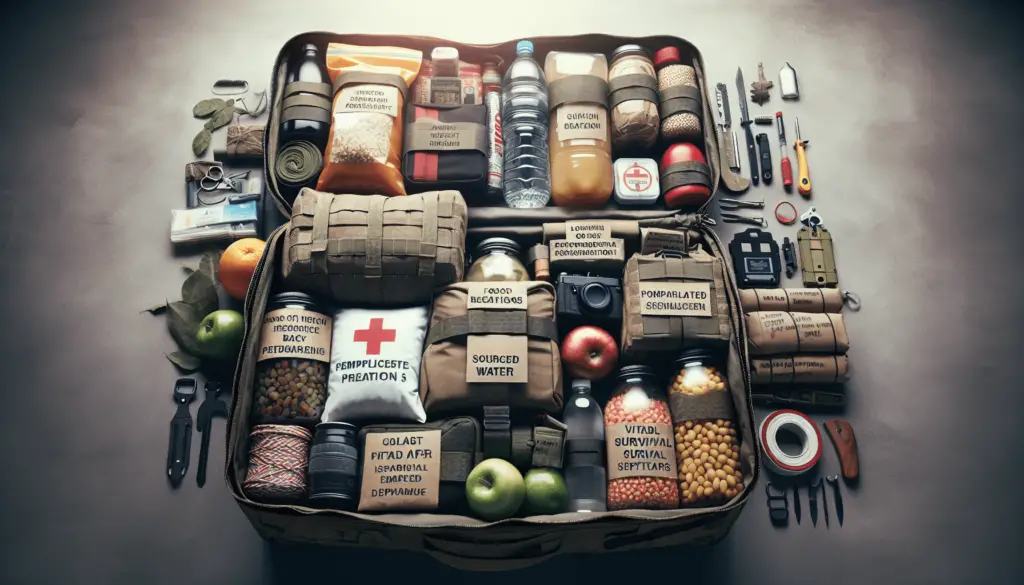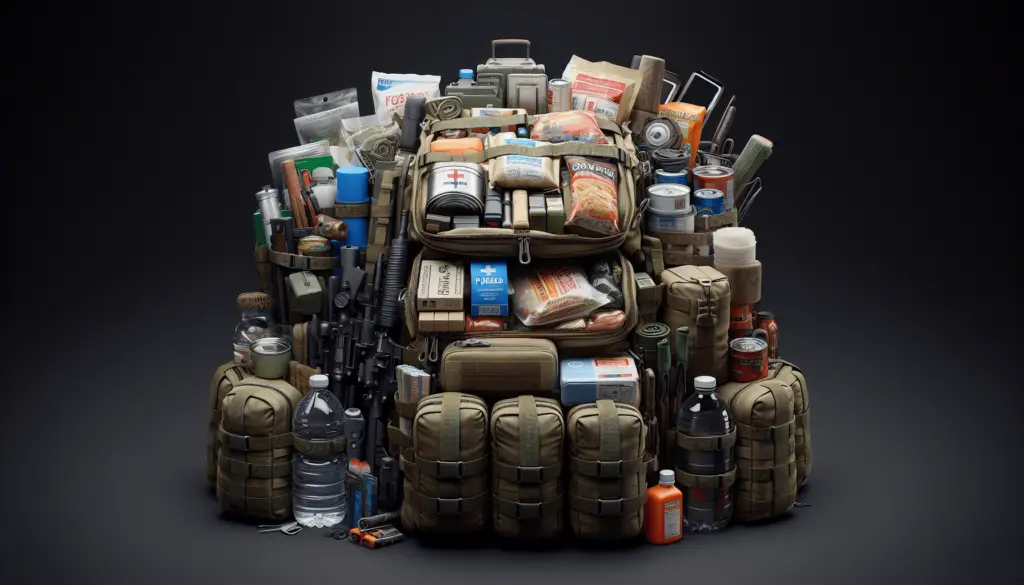Are You Prepared for Long-Term Displacement?
Have you ever considered what you would do in a situation where you need to leave your home for an extended period of time? Long-term displacement due to natural disasters, civil unrest, or other emergencies is a possibility that many people don’t like to think about. However, being prepared is essential for ensuring your safety and survival in such scenarios.
What is a Bug-Out Bag?
Before we delve into tips for living out of your bug-out bag, let’s first discuss what a bug-out bag is. A bug-out bag, also known as a go-bag or emergency kit, is a portable bag filled with essential items that you would need to survive for at least 72 hours in an emergency situation. These bags are typically lightweight, easy to carry, and contain items such as food, water, shelter, and first aid supplies.
Choosing the Right Bug-Out Bag
When it comes to preparing for long-term displacement, choosing the right bug-out bag is crucial. Make sure to select a bag that is durable, waterproof, and large enough to hold all of your essential items. Look for a bag with multiple compartments and comfortable straps for easy carrying during long journeys.

Essential Items to Include in Your Bug-Out Bag
Now that you have your bug-out bag, it’s time to fill it with essential items that will help you survive in a long-term displacement scenario. Here are some items you should consider including:
- Water: Pack at least 1 gallon of water per person per day for drinking and sanitation purposes.
- Food: Include non-perishable items such as protein bars, canned goods, and dried fruits that will provide you with energy and sustenance.
- Shelter: Pack a lightweight tent, sleeping bag, or emergency blanket to protect you from the elements and provide warmth.
- Clothing: Include extra clothing, including sturdy shoes, socks, and weather-appropriate attire to keep you comfortable.
- First Aid Kit: Make sure to include a well-stocked first aid kit with essential supplies such as bandages, medications, and disinfectants.
- Personal Hygiene Items: Don’t forget to pack items such as toilet paper, toothbrush, toothpaste, and hand sanitizer to maintain cleanliness and hygiene.
- Tools: Include a multi-tool, flashlight, batteries, whistle, and duct tape for various tasks and emergencies.
Staying Organized
Keeping your bug-out bag organized is essential for quick access to your items in an emergency. Consider using small pouches or containers to separate different categories of items such as food, medical supplies, and tools. Make a detailed inventory list and regularly check and update your bag to ensure that all items are in good condition and up-to-date.

Maintaining Your Bug-Out Bag
To ensure that your bug-out bag is ready for use at a moment’s notice, it’s essential to maintain and update it regularly. Check your bag every few months to replace expired items, update clothing sizes for growing children, and add or remove items based on changing needs or seasons. Don’t forget to rotate food and water supplies to avoid spoilage and ensure freshness.
Additional Tips for Living Out of Your Bug-Out Bag
Living out of your bug-out bag for an extended period of time can be challenging, but with the right mindset and preparation, you can increase your chances of survival. Here are some additional tips to help you make the most of your bug-out bag:
- Stay Low-Key: Avoid drawing attention to yourself by blending in with your surroundings and keeping a low profile to minimize the risk of encountering dangerous situations.
- Practice Your Skills: Take the time to practice essential survival skills such as building shelter, starting a fire, purifying water, and navigation to stay prepared and confident in challenging circumstances.
- Stay Informed: Stay up-to-date on current events, weather conditions, and emergency alerts to make informed decisions and adapt your plans accordingly.
- Stay Positive: Maintaining a positive attitude and mindset is crucial for overcoming challenges and staying resilient in the face of adversity.
Final Thoughts
Preparing for long-term displacement may seem daunting, but with the right preparation and mindset, you can increase your chances of survival in emergency situations. By having a well-equipped bug-out bag, staying organized, maintaining your supplies, and following these tips, you can be better prepared to face challenges and uncertainties that may come your way. Remember, being proactive and prepared is key to ensuring your safety and well-being in times of crisis. Stay safe, stay prepared, and stay vigilant.
